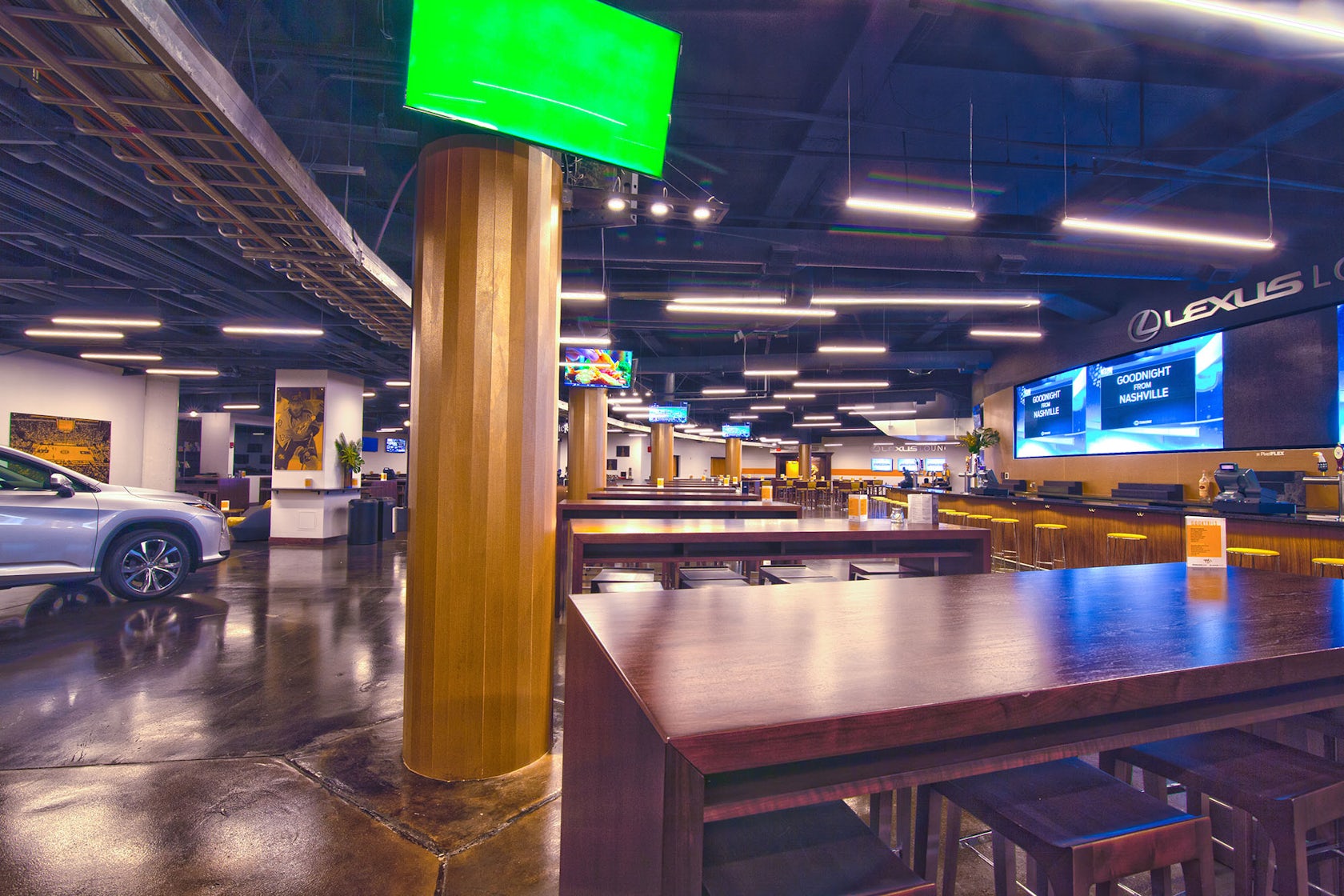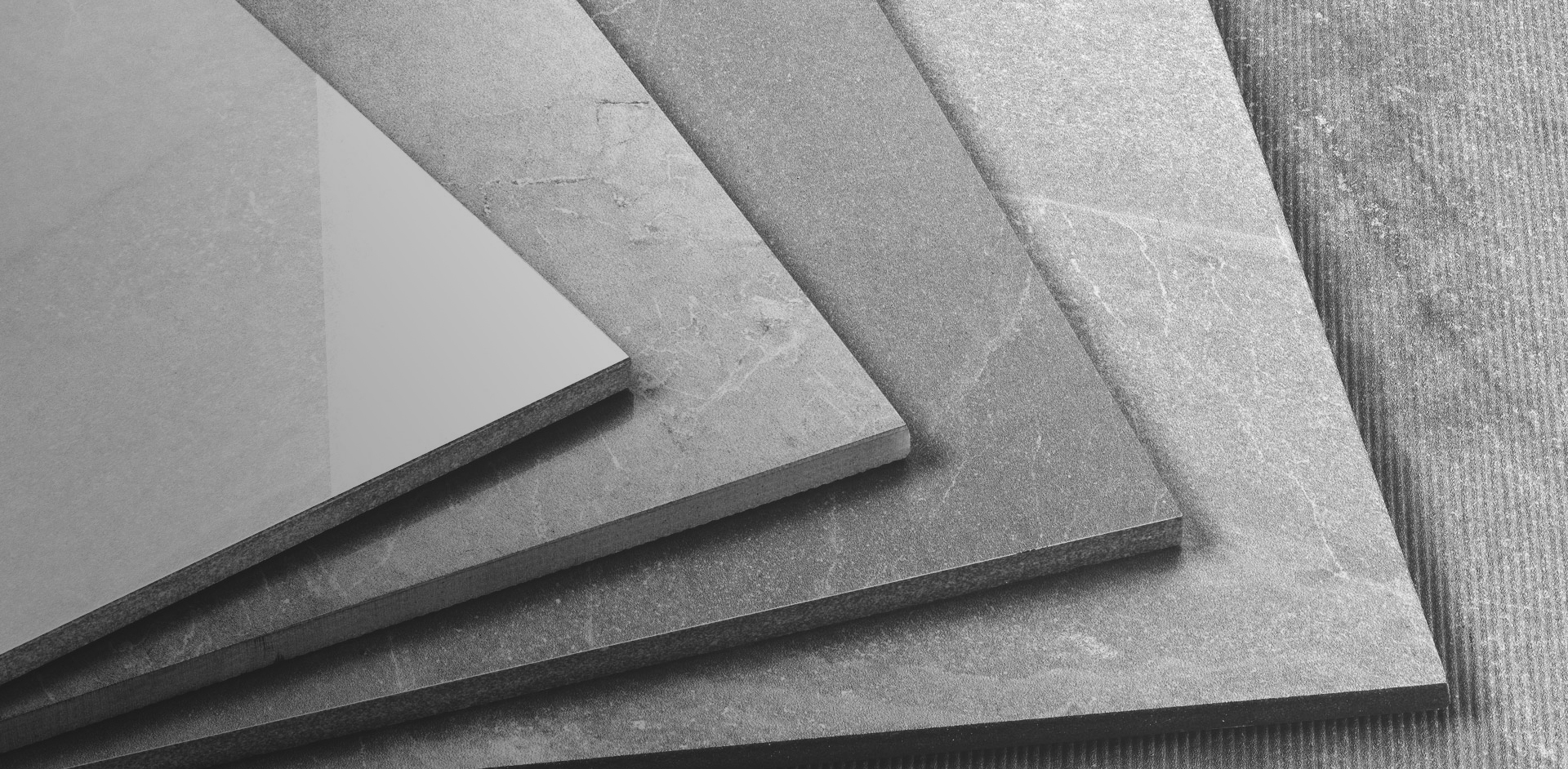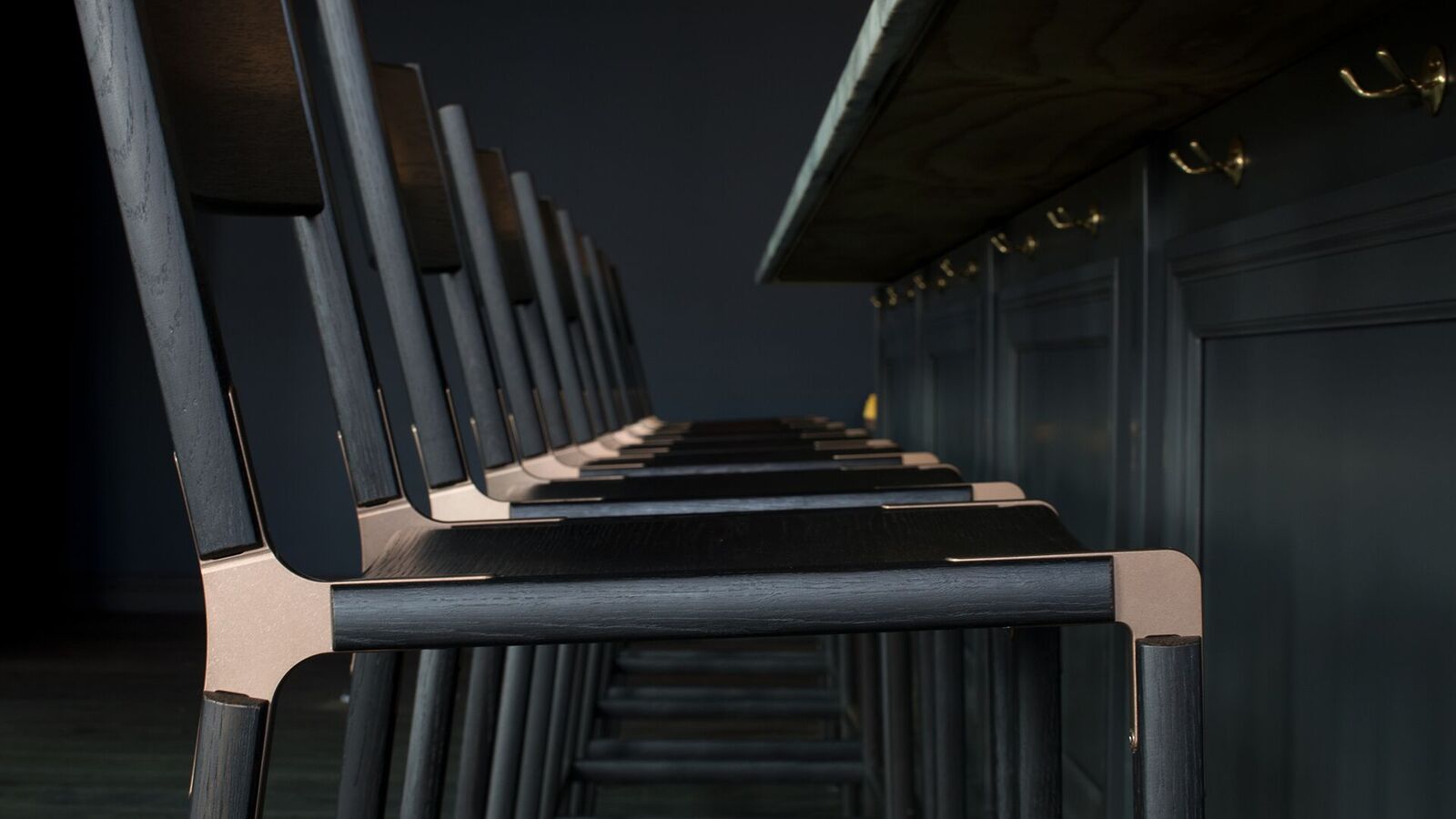Architects: Find the perfect materials for your next project through Architizer. Manufacturers: Sign up now to learn how you can get seen by the world’s top architecture firms.
The making of tile is an ancient art form that’s experiencing a true renaissance in the current era of technological advancements and modern aesthetics. Today, this versatile surfacing material, so beloved for centuries, is being produced in contemporary styles, sizes and shapes, with compelling functionality. A prime example of tile innovation? Porcelain tile panels.
Porcelain tile panels, sometimes referred to as “thin tile,” can have profiles as lean as 3 millimeters for walls and 5.6 millimeters for both wall and floor applications yet are produced with extremely large outer dimensions — up to 1 by 3 meters or greater. The combination of leanness and expansive proportions is resulting in tile being used in ways never previously thought possible. Porcelain tile panels compete for specification against slab, sheet and other panel materials and often win because of porcelain tile’s durability, minimal maintenance requirements and long life cycle — not to mention the stunning looks that are available.
Architects and designers are turning to this medium as a surfacing solution of choice not only for their technical and aesthetic advantages but also because of the innovative ways in which they can be used within demanding projects. Here’s a look at five ways porcelain tile panels can take surface design to the next level.

200 Civic Center
1. Install tile over tile with no demolition
Being able to install porcelain tile panels over existing tile or stone surfaces is a major advantage in terms of saving time, labor and money. Specifiers from Behal Sampson Dietz who designed the 200 Civic Center building in Columbus, Ohio, selected Laminam by Crossville’s I Naturali Pietra Di Savoia collection to cover outdated travertine flooring for the time-constrained project.
The original travertine, ¾-inch thick and set in a 2-inch mud bed, would’ve been extremely costly as well as labor-intensive to remove. The Laminam by Crossville was a nimble solution that provided the right look and spared untold amounts of old flooring to be landfilled.

Lexus Lounge
2. Skin curved surfaces
Porcelain tile panels can conform to subtle surface curvature, providing an extremely durable and attractive skin for interior architectural features such as rounded columns or arches.
In the Lexus Lounge, a private club level in Nashville’s downtown arena, the designers of firm Populous opted to skin concrete columns and the surfaces surrounding massive flat-screen televisions in Laminam from Crossville’s Foundations and Filo collections. The material provides a modern look while providing the durability the high-traffic areas demand.

Macy’s Herald Square
3. Cover ceilings
Porcelain tile panels are sleek solutions for covering ceilings, but achieving a desired appearance is only part of the story. For its renovation projects within Macy’s Herald Square in New York City, the team of design firm Charles Sparks + Company selected Laminam for ceilings, as well as walls, for its durability and monolithic quality.
The generous size of the porcelain tile panels creates the continuous look desired for ceilings, in keeping with the aesthetic identity being sought for the select spaces in which it was used.

Texas Ale
4. Enhance wayfinding
Many interior designers opt for the visual impact that porcelain tile panels provide to establish paths within commercial environments. The expansive appearance can aid in identification of key areas such as elevator banks or shopping departments within retail spaces. This was the approach for Charles Sparks + Company in designing entrances to separate zones within Macy’s Herald Square.
The firm framed the women’s shoe department with Laminam to create a visual transition into the space. Also, The Orion Collection went with porcelain tile panels to skin walls surrounding the manufacturing side of Dallas craft brewery Texas Ale. The look offers a guiding contrast to wood walls used in the visitor tasting room.

© Jeffrey Totaro
Blue Cross
5. Create seamless surfaces
Porcelain tile panels minimize grout lines in installation, and with the ample size formats, they provide uninterrupted style for large surfaces. In Philadelphia’s Independence Blue Cross (IBC) corporate headquarters, the specifiers for Meyer Interiors + Design chose Laminam from Crossville’s Filo collection to clad the towering walls of the lobby.
It was essential to use a material that was on-scale with the cavernous interior space, and porcelain tile panels offered the sweeping, sophisticated aesthetic needed.
Research all your architectural materials through Architizer: Click here to sign up now. Are you a manufacturer looking to connect with architects? Click here.




